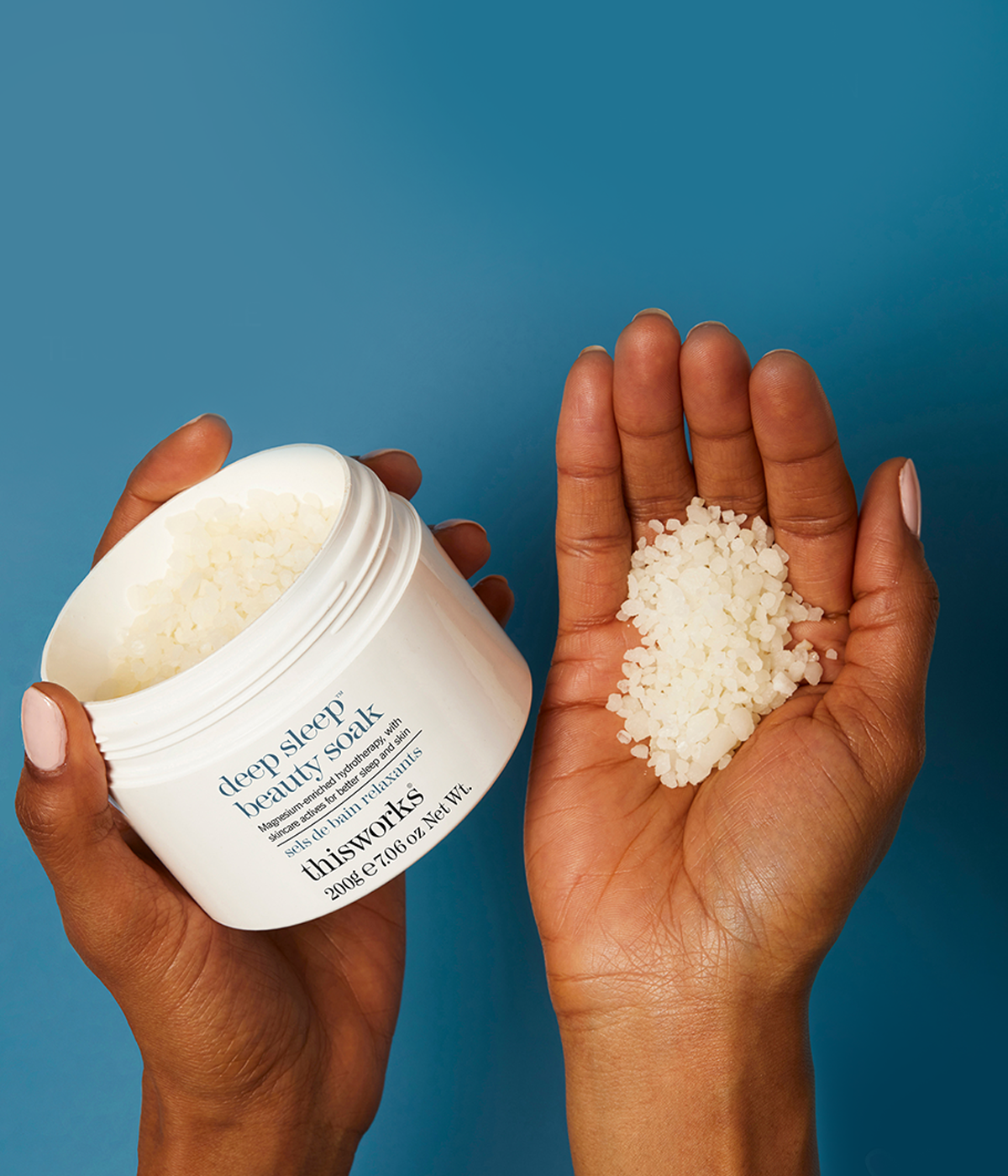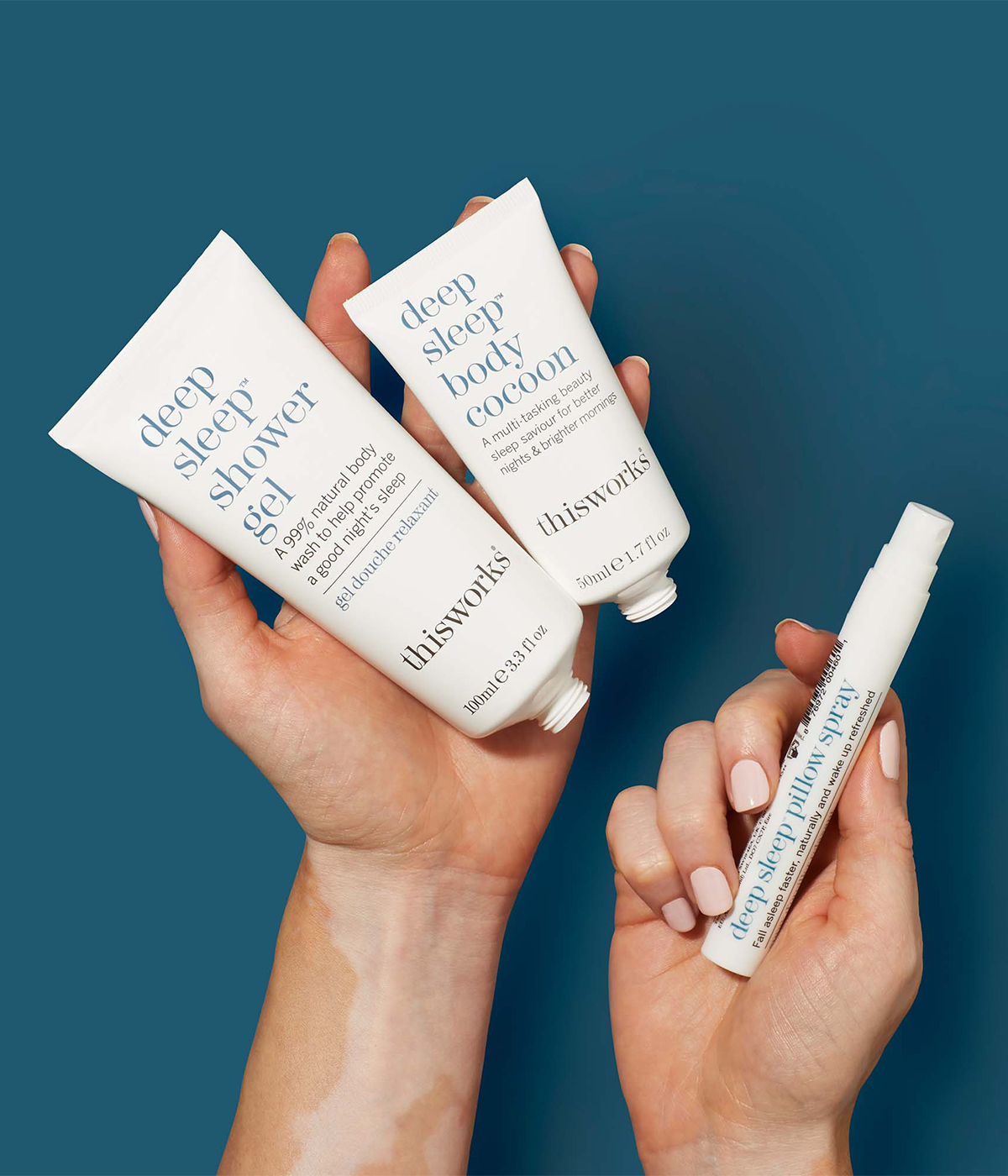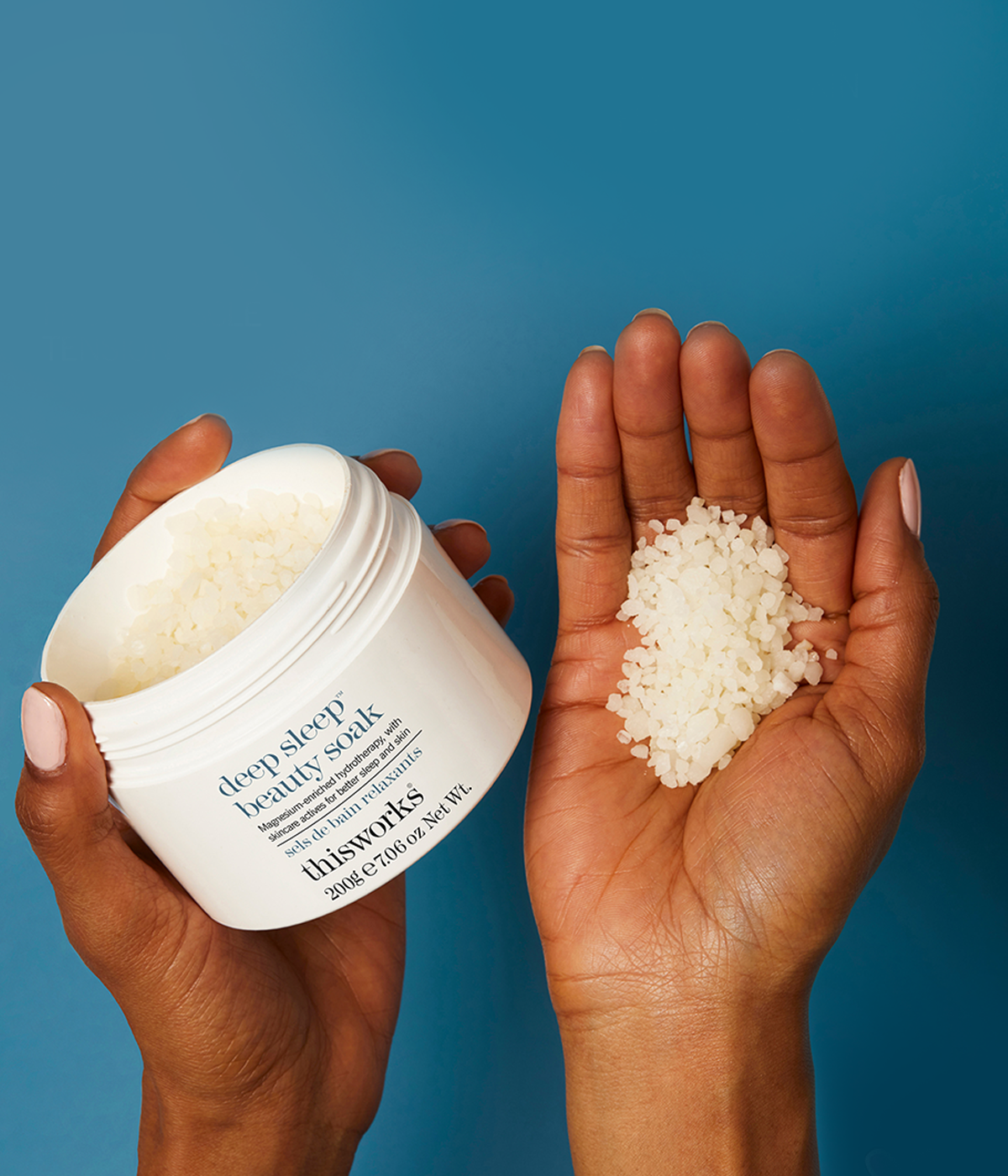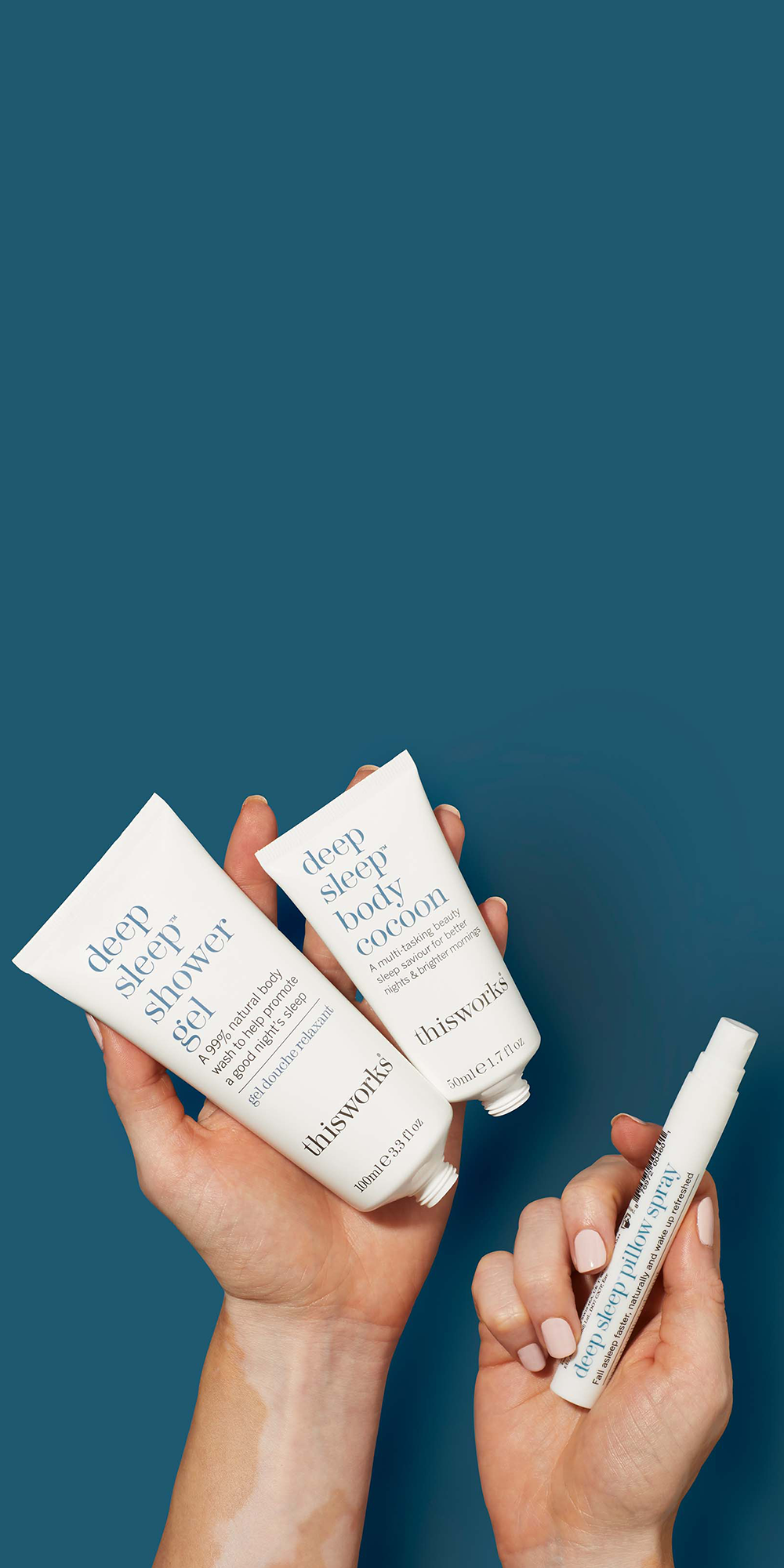[1] Hartmann, A. S., Buhlmann, U., & Phillips, K. A. (2017). Prevalence and under-recognition of body dysmorphic disorder. In: Phillips, K. A. (Ed.), Body dysmorphic disorder: Advances in Research and Clinical Practice (pp.49- 60). Oxford University Press.
[2] Veale, D., Ennis, M., & Lambrou, C. (2002). Possible association of body dysmorphic disorder with an occupation or education in art and design. American Journal of Psychiatry, 159, 1788-1790.
psychotherapist sessions: a deeper dive into body dysmorphia
psychotherapist sessions:
a deeper dive into body dysmorphia
what is body dysmorphia?
We all tend to have concerns about how we look to some extent, however if we worry excessively and feel high levels of distress over how we look, we may suffer with BDD.'
Lauren explains to us what body dysmorphic disorder (BDD) or body dysmorphia is and its associated symptoms.
how does BDD interact with eating disorders?
Lauren reminds us that body dysmorphia does not mean you are self-obsessed or vain, and explains the difference between body dysmorphia and eating disorders and how they can interact with each other.
who does body dysmorphia impact?
'Body dysmorphia is significantly underdiagnosed and can impact anyone, regardless of their background. 1 in 3 people in the UK suffer from it and it is most commonly seen in teenagers and young adults.' 1,2
why people struggle
'Societal pressures to look a certain way such as diet culture and social media or experiences of past trauma can lead us to want to change our appearance. This is often unachievable as we are all so different in terms of looks and appearance.'
tools to help
Here, Lauren gives us some tools to help with body dysmorphia.
If you or a loved one is struggling with any of the topics raised in this blog, speak to your GP or for more information please follow this link to take you to the NHS website.










